Table of Contents
Ever watch your cat inhale their food in approximately 3.7 seconds? Or maybe they spend their days looking a bit... bored? Cats are natural hunters and foragers, wired to work for their meals. Dumping kibble into a bowl skips this crucial step, sometimes leading to physical issues or simply a feline existential crisis. This is wherehomemade foraging toys for catscome into play. They aren't just cute crafts; they're essential tools for enriching your cat's life, tapping into those deep-seated instincts. Think of it as giving your indoor tiger a job – a fun, rewarding job that involves getting their dinner. In this article, we'll walk through why foraging matters for your cat's well-being and then dive into practical, easy-to-follow steps for creating several types of these puzzle feeders using stuff you likely already have lying around. Get ready to turn trash into treasure and transform mealtime from a race to a rewarding challenge.
Why Your Cat Needs a Job: The Case for Foraging
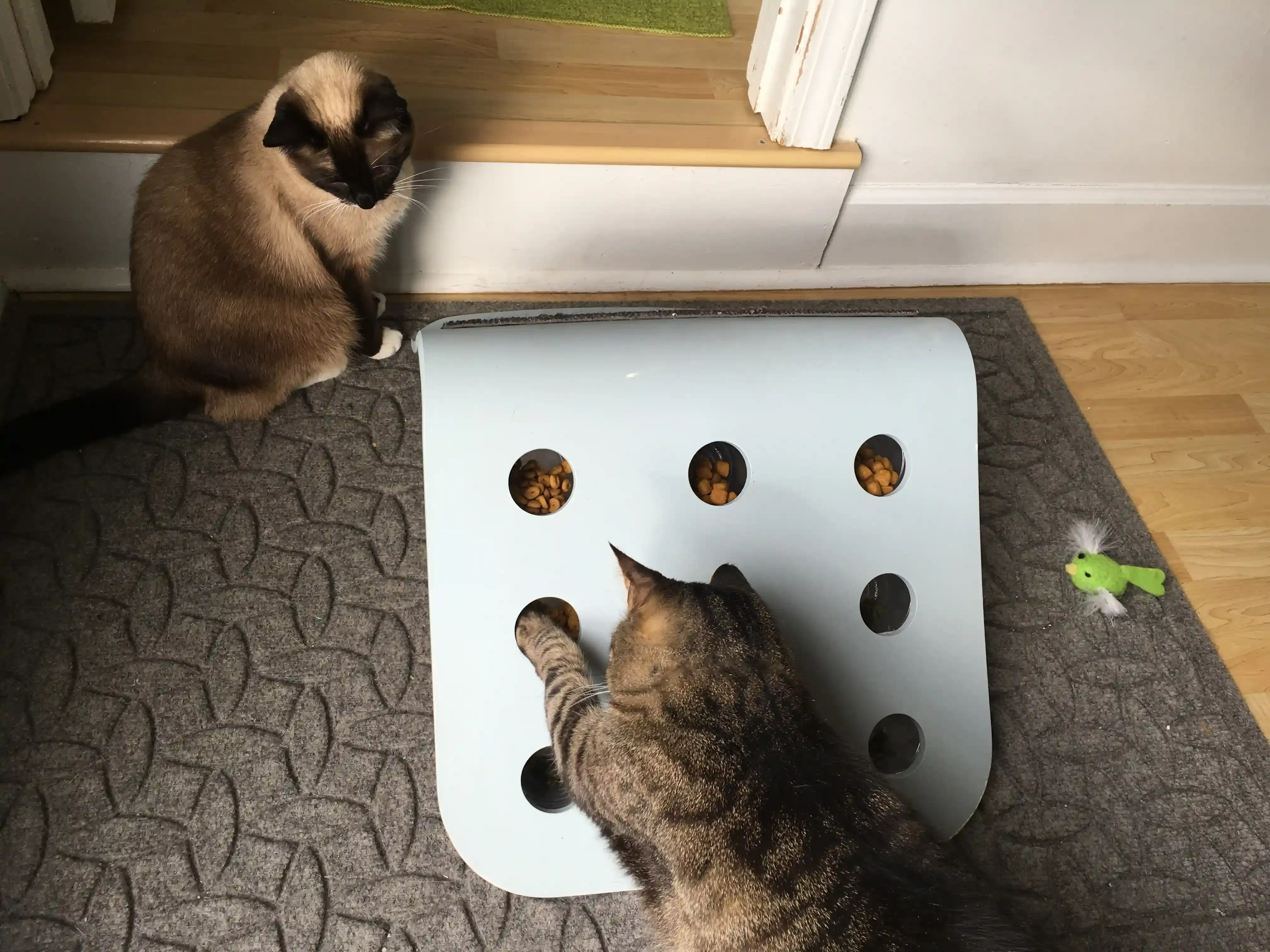
Why Your Cat Needs a Job: The Case for Foraging
Cats Aren't Just Couch Decorations
Let's be honest, our domestic cats have it pretty cushy. Warm beds, endless cuddles (on their terms, of course), and food just magically appearing in a bowl. While this sounds like the feline dream, it often leaves a critical part of their brain unemployed. Wild cats, and even strays, spend a significant portion of their day hunting. They stalk, they chase, they problem-solve to get their meal. This isn't just about survival; it's hardwired behavior. When you remove the hunt and just present the prize, you're essentially giving them a perpetual snow day without any fun activities planned.
This lack of mental stimulation can manifest in various ways. Picture a bored toddler left unsupervised – it rarely ends well. For cats, it might mean destructive behavior, excessive meowing, or even anxiety. They have energy and intelligence that need an outlet, and just batting a feather wand for five minutes a day often isn't cutting it.
The Brain and Body Benefits of the Hunt
Making a cat work for their food through foraging isn't cruel; it's crucial. It engages their natural predatory sequence – the stalk, the pounce, the kill (of the food piece, thankfully, not a real mouse), and the consumption. This process is incredibly enriching. It provides mental stimulation, preventing boredom and the issues that stem from it. It also slows down eating, which can be a game-changer for cats who tend to scarf down their food and then immediately regret it (hello, regurgitation). Physically, it adds activity to their day, even if it's just batting a toy around. It's a small step, but it contributes to overall health.
Think about it: Would you rather solve a puzzle for a reward or just have the reward handed to you? Most cats prefer the challenge, even if they don't consciously know it. It's satisfying on a primal level. Engaging in this natural behavior reduces stress and builds confidence. A cat that successfully "hunts" its dinner feels accomplished.
- Reduces boredom and related behavioral problems.
- Slows down eating, aiding digestion and preventing regurgitation.
- Provides essential mental stimulation.
- Increases physical activity, however slight.
- Taps into natural hunting and foraging instincts.
- Can help reduce stress and anxiety.
Solving Problems One Kibble at a Time
Many common cat behavioral problems can be linked, at least in part, to a lack of environmental enrichment, and foraging is a key component of that. Is your cat waking you up at 4 AM demanding food? Are they suddenly aggressive during playtime? Do they seem lethargic or withdrawn? While not a magic bullet for every issue, introducing foraging toys can often mitigate these behaviors by providing a constructive outlet for their energy and instincts. Instead of scratching the furniture out of frustration, they might be batting a food puzzle around.
Transitioning to foraging isn't always instant. Some cats, especially those used to a lifetime of free-feeding from a bowl, might be initially confused or even annoyed. It requires patience and starting with easy puzzles. But the payoff – a happier, healthier, and better-behaved cat – is absolutely worth the effort. You're not just feeding them; you're engaging their whole being.
Getting Started: Simple Homemade Foraging Toys for Cats
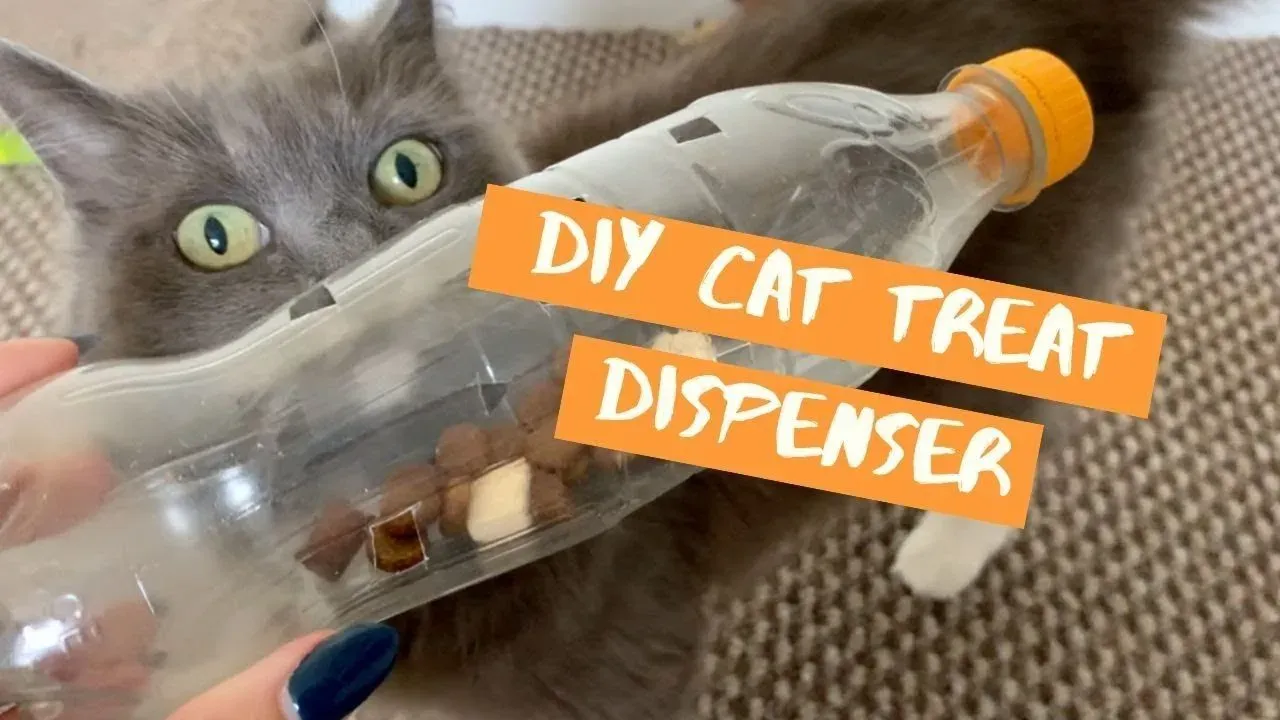
Getting Started: Simple Homemade Foraging Toys for Cats
Your Cat's First Foraging Steps: Keep it Easy
Alright, so you're sold on the idea of makinghomemade foraging toys for cats. Great! But don't go building a Rube Goldberg machine just yet. The goal here is to introduce the concept gently. Imagine you've never seen a puzzle in your life and someone hands you a 1000-piece monstrosity. Overwhelming, right? Same goes for your cat. Start with something ridiculously simple. Think "participation trophy" level of difficulty. The first toys should be less about complex problem-solving and more about introducing the idea that food doesn't just appear in a bowl; sometimes, you have to nudge or bat it out of something.
A classic starting point is the toilet paper roll or paper towel roll trick. It's almost embarrassingly simple, which is why it works. You just fold in the ends of the tube slightly to create a little pocket, drop some kibble inside, and give it to your cat. They'll likely bat it around out of curiosity, and when food falls out, a lightbulb might flicker on. Success! This builds confidence and makes them think, "Hey, this 'working for food' thing isn't so bad." You can gradually increase the difficulty as they get the hang of it.
- Start with very easy puzzles to avoid frustration.
- Use familiar objects like toilet paper or paper towel rolls.
- Place just a few pieces of kibble inside initially.
- Introduce the toy when your cat is slightly hungry.
- Praise or give positive reinforcement when they interact with it successfully.
- Gradually increase the difficulty over time.
Gathering Your Supplies: It's Probably Already in Your Trash
The beauty ofhomemade foraging toys for catsis that you don't need a trip to a fancy pet store or a craft supply hoard. Look around your house. Cereal boxes, paper towel tubes, empty plastic bottles, egg cartons, even old socks can be repurposed. The main requirements are that the material is safe for your cat (no small parts they can swallow, no toxic inks or glues) and sturdy enough to hold kibble without falling apart instantly. A pair of scissors or a craft knife (used *very* carefully, obviously) and maybe some non-toxic tape or glue are often all you need.
This isn't about creating a masterpiece for Pinterest. It's about function. Does it hold food? Does it require your cat to manipulate it to get the food out? Does it pose a choking or ingestion hazard? If you can answer yes to the first two and a resounding no to the third, you're on the right track. Don't overthink it. Grab that empty paper towel roll you were about to toss and let's make some dinner happen.
More DIY Fun: Crafting Different Homemade Foraging Toys for Cats
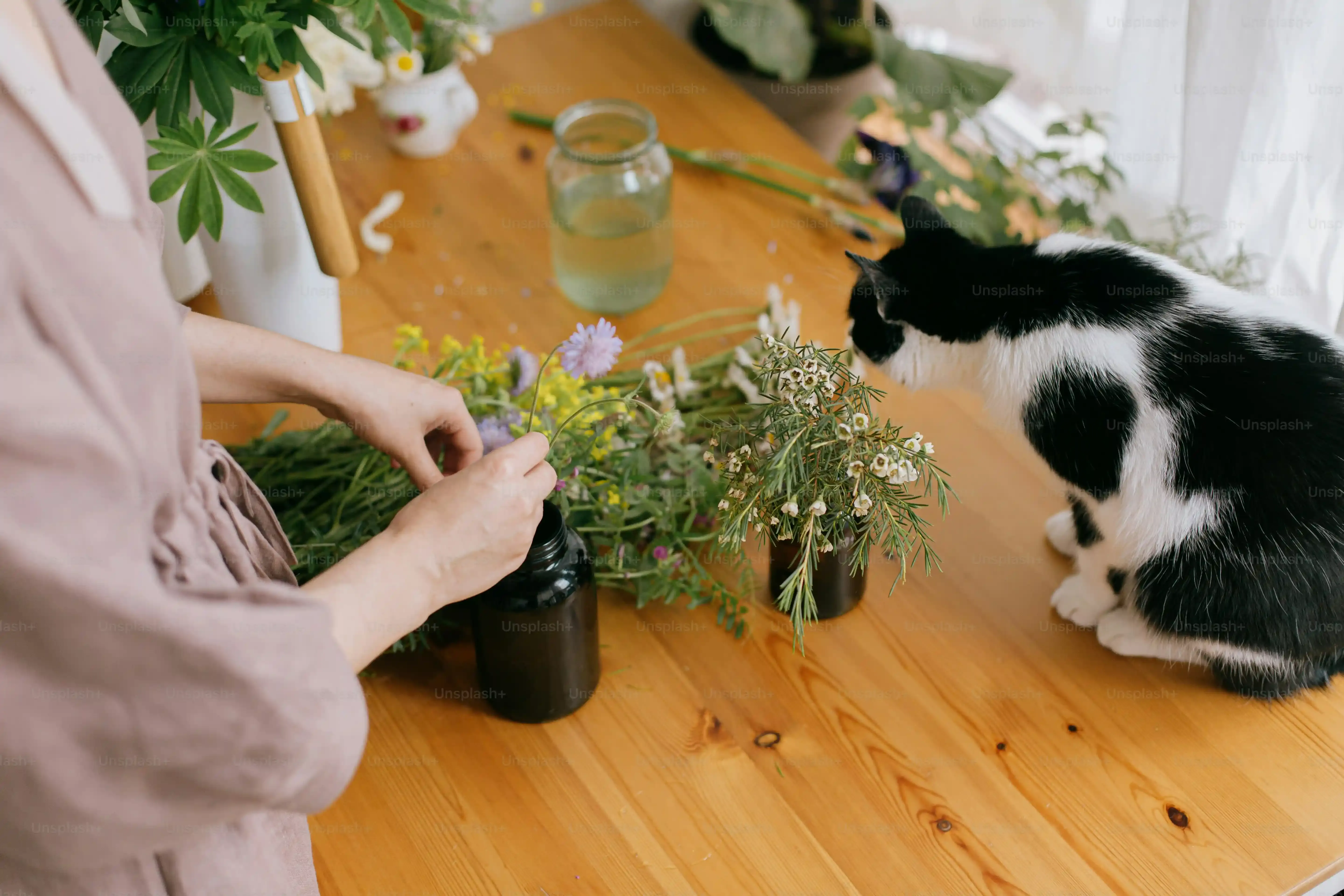
More DIY Fun: Crafting Different Homemade Foraging Toys for Cats
Beyond the Tube: Getting Creative with Cardboard and Containers
so the basic paper towel roll was a hit, or at least not a total disaster. Your cat is getting the hang of it. Now it's time to step up the game a little, but still keep it firmly in the "easy DIY" category. This is where the real fun withhomemade foraging toys for catsbegins. Look at that empty egg carton. It's practically begging to be a foraging toy. Just drop some kibble into the little cups. Your cat has to figure out how to get it out – maybe batting it, maybe trying to hook it with a paw. It's a simple concept, but it provides a different kind of challenge than the rolling tube. Or grab an empty plastic container, like a yogurt cup or a small takeout box. Punch a few holes in the sides and lid, large enough for kibble to fall out when batted, but small enough that it doesn't just pour out. Suddenly, that piece of plastic is a puzzle.
Making it Harder: Advanced Homemade Foraging Toys for Cats
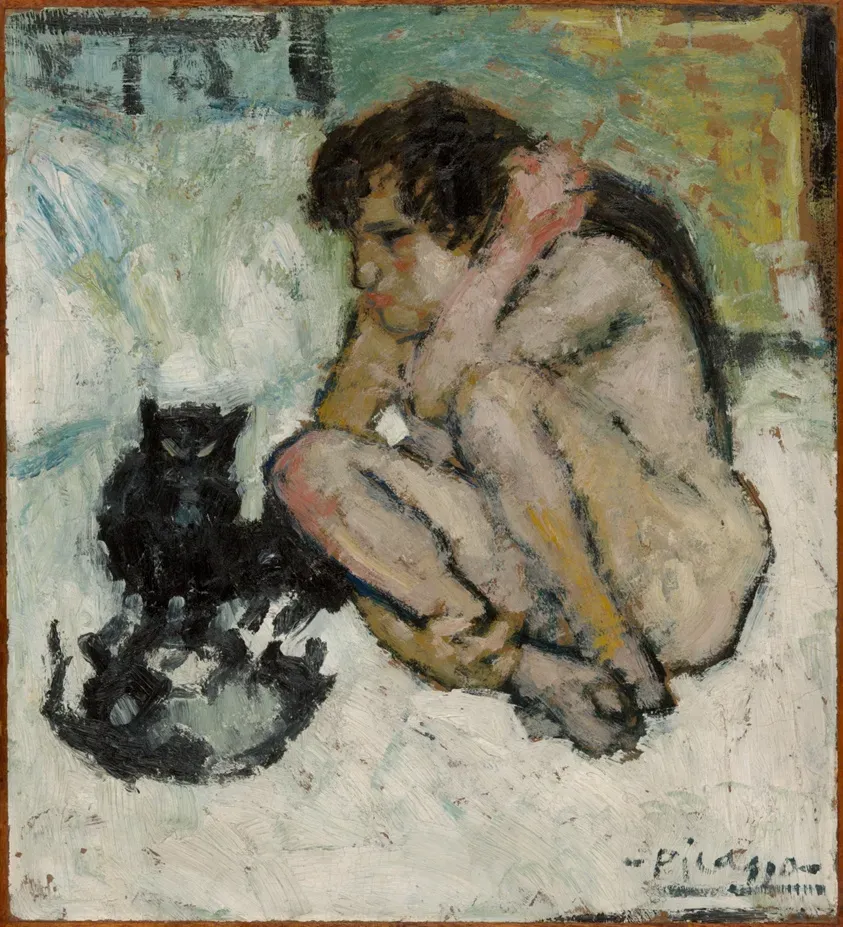
Making it Harder: Advanced Homemade Foraging Toys for Cats
so your cat has mastered batting kibble out of a tube and is now looking at you like, "Is that all you got?" It's time to graduate to more complexhomemade foraging toys for cats. This is where you start combining elements or increasing the physical manipulation required. Think multi-level challenges. A simple upgrade to the cardboard box idea is to create dividers inside the box, forcing the cat to reach into different compartments. You can also use plastic bottles, but instead of just punching holes, try cutting flaps or creating small, irregular openings that require more precise paw work. Another approach is stacking; take several short tubes and tape them together in a pyramid or grid, making the cat navigate the structure to find the food. The key is adding layers of difficulty – requiring them to push, pull, reach further, or solve a small sequence to get the reward.
The Real Benefits of Using Homemade Foraging Toys for Cats
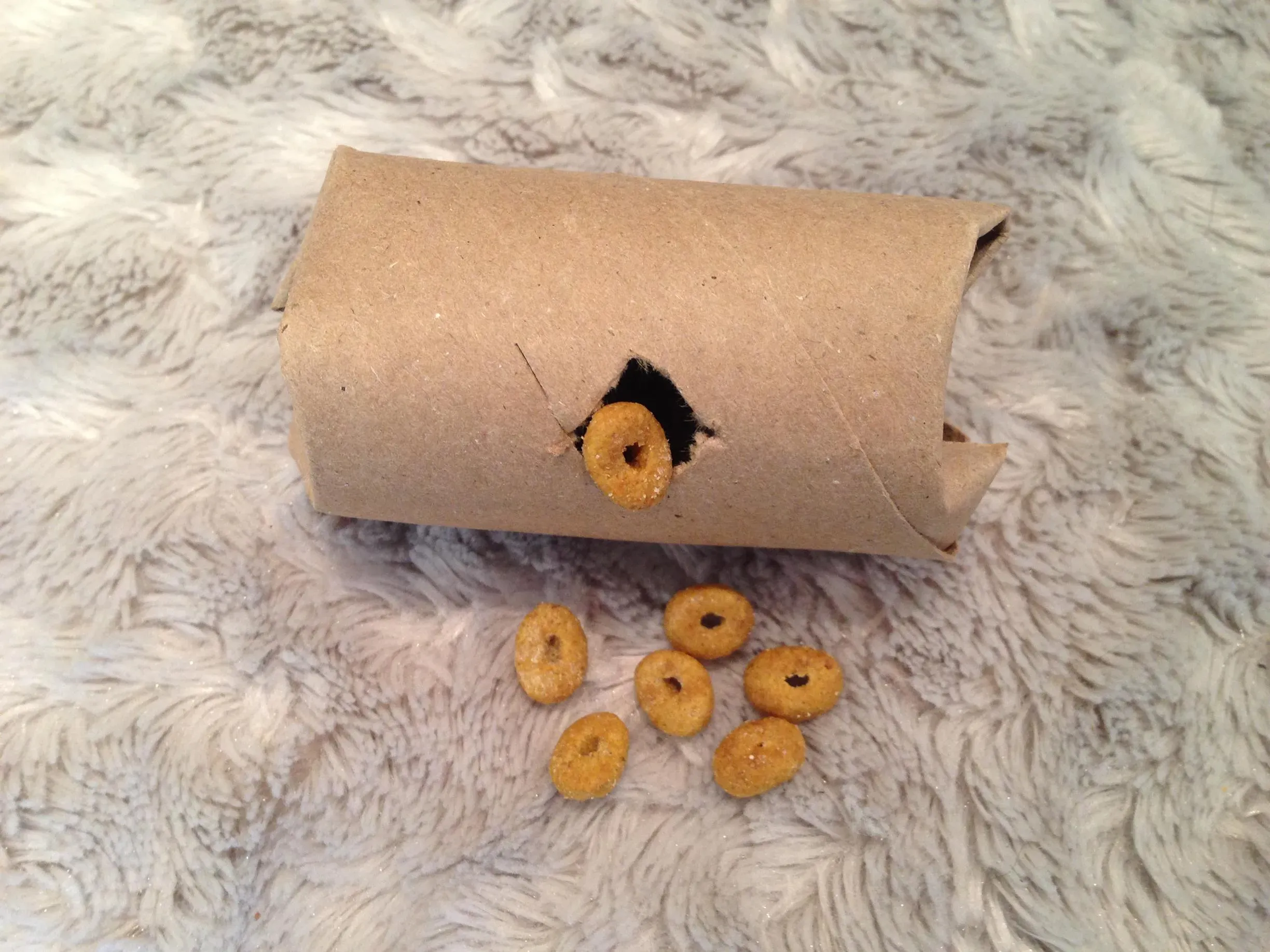
The Real Benefits of Using Homemade Foraging Toys for Cats
so you've put in the minimal effort to craft some of thesehomemade foraging toys for cats. Was it worth it? Absolutely. Beyond just being a way to feed your cat, these simple contraptions genuinely improve their quality of life. You're not just preventing boredom; you're actively promoting mental and physical health. Think of the cat who used to scale your curtains out of sheer frustration – now they're happily batting a kibble-filled tube across the floor. The scarf-and-barf kitty? They're forced to eat slower, which can significantly reduce digestive upset. It’s like giving them a purpose, a daily challenge that satisfies their innate drive to hunt and problem-solve. This isn't some fluffy pet trend; it's about meeting a fundamental need that modern indoor living often ignores.
- Significantly reduces boredom and related destructive behaviors.
- Promotes slower eating, aiding digestion and preventing regurgitation.
- Provides crucial mental stimulation, keeping their brains sharp.
- Encourages physical activity throughout the day.
- Satisfies natural hunting and foraging instincts.
- Can decrease anxiety and build confidence.
The Simple Win of Homemade Foraging
So there you have it. Skipping the bowl and makinghomemade foraging toys for catsisn't just a crafting project; it's a fundamental shift in how we approach feline enrichment. We've seen how tapping into their natural hunting drive combats boredom and can even help manage eating habits. Building these simple puzzles from everyday items provides a tangible way to improve your cat's physical and mental health without breaking the bank. It's a straightforward method to give your feline companion the engaging challenge they're hardwired to seek. The payoff? A more active, less stressed, and likely happier cat. Give it a shot. Your cat might just thank you, in their own mysterious feline way.